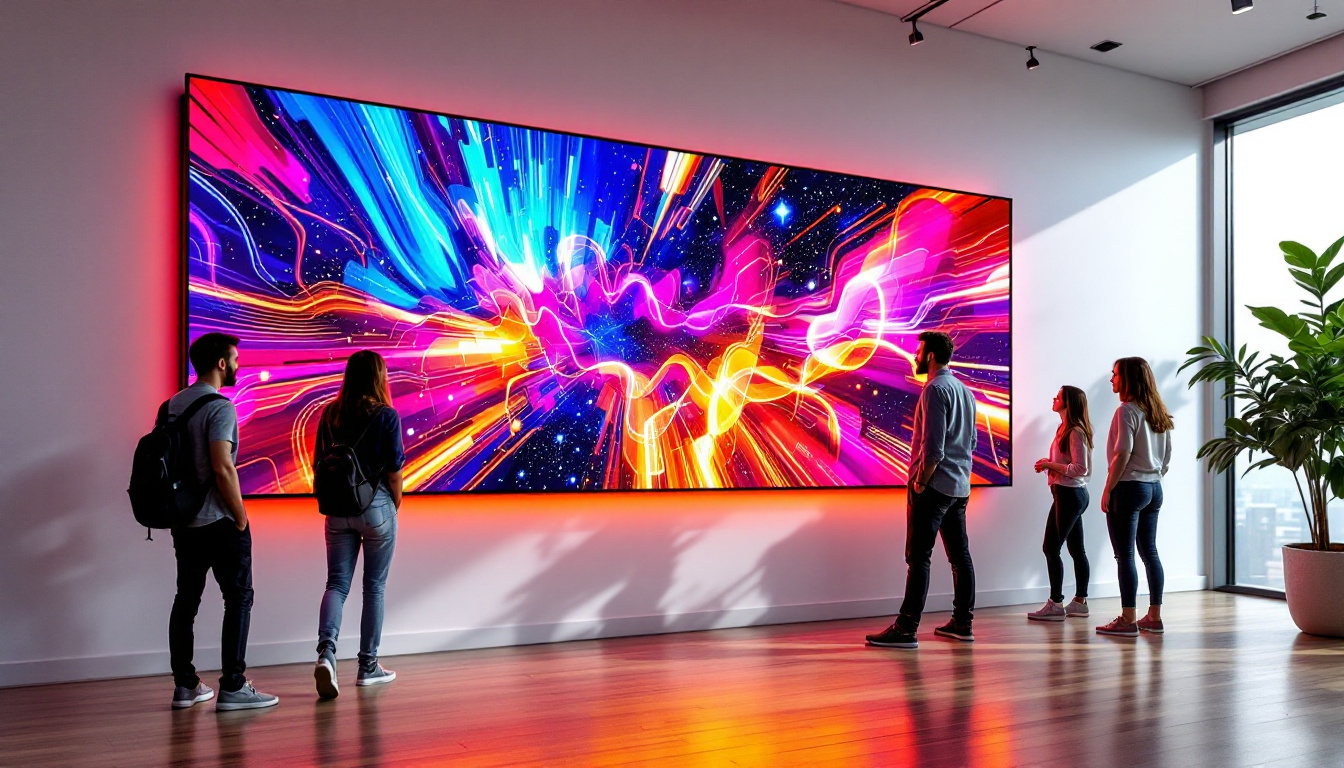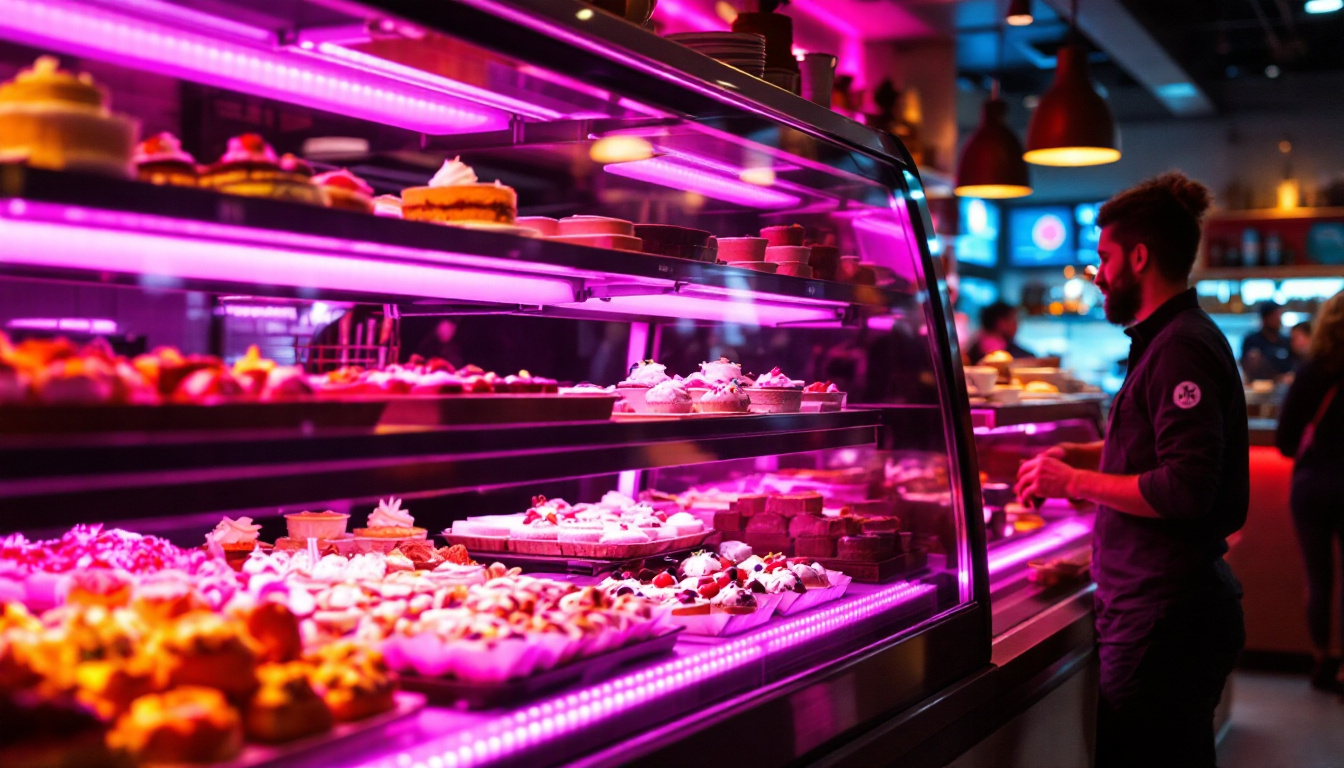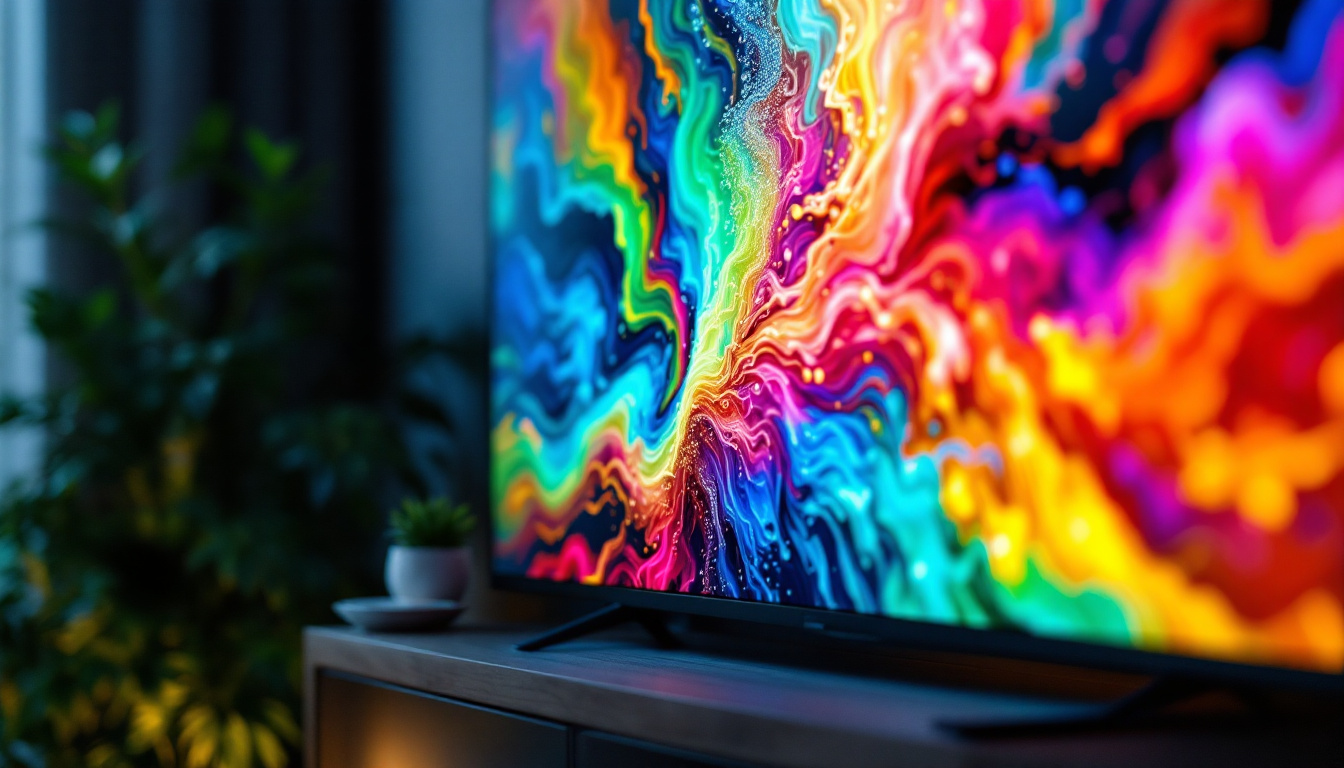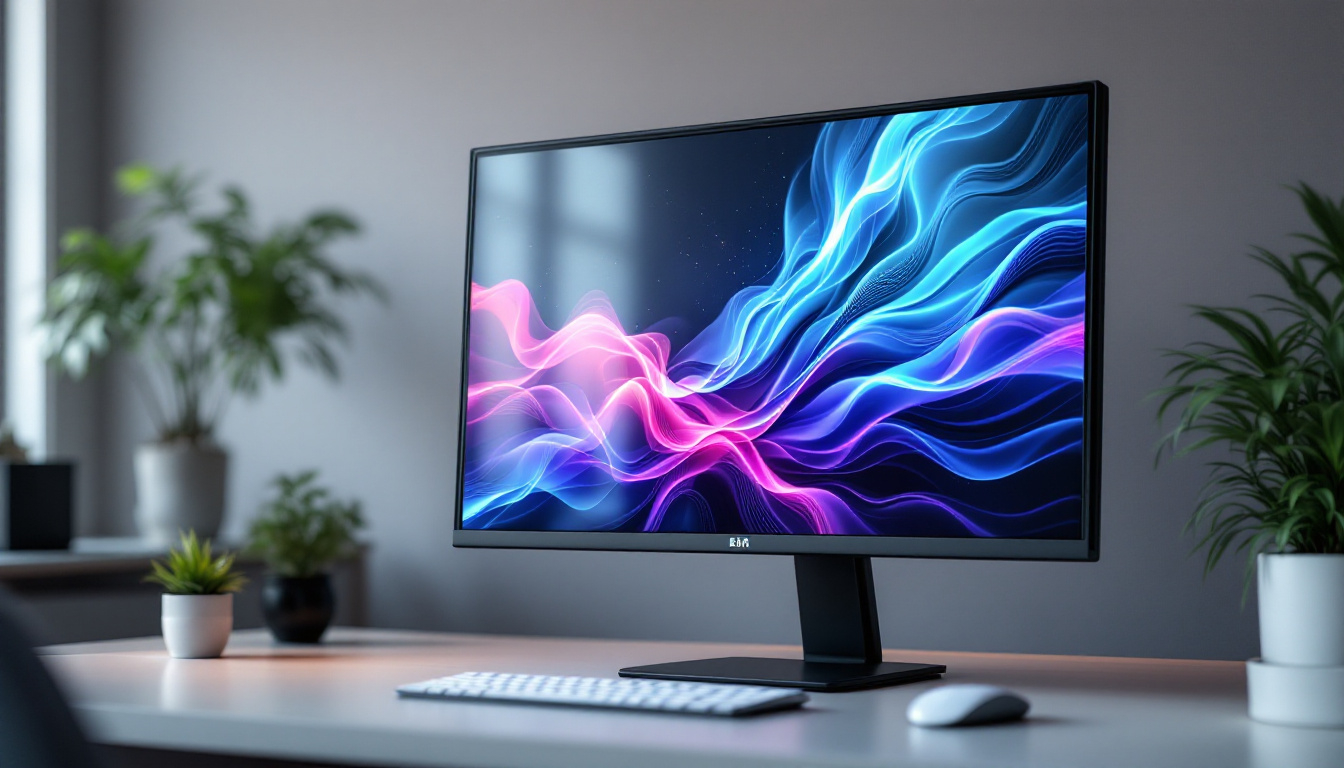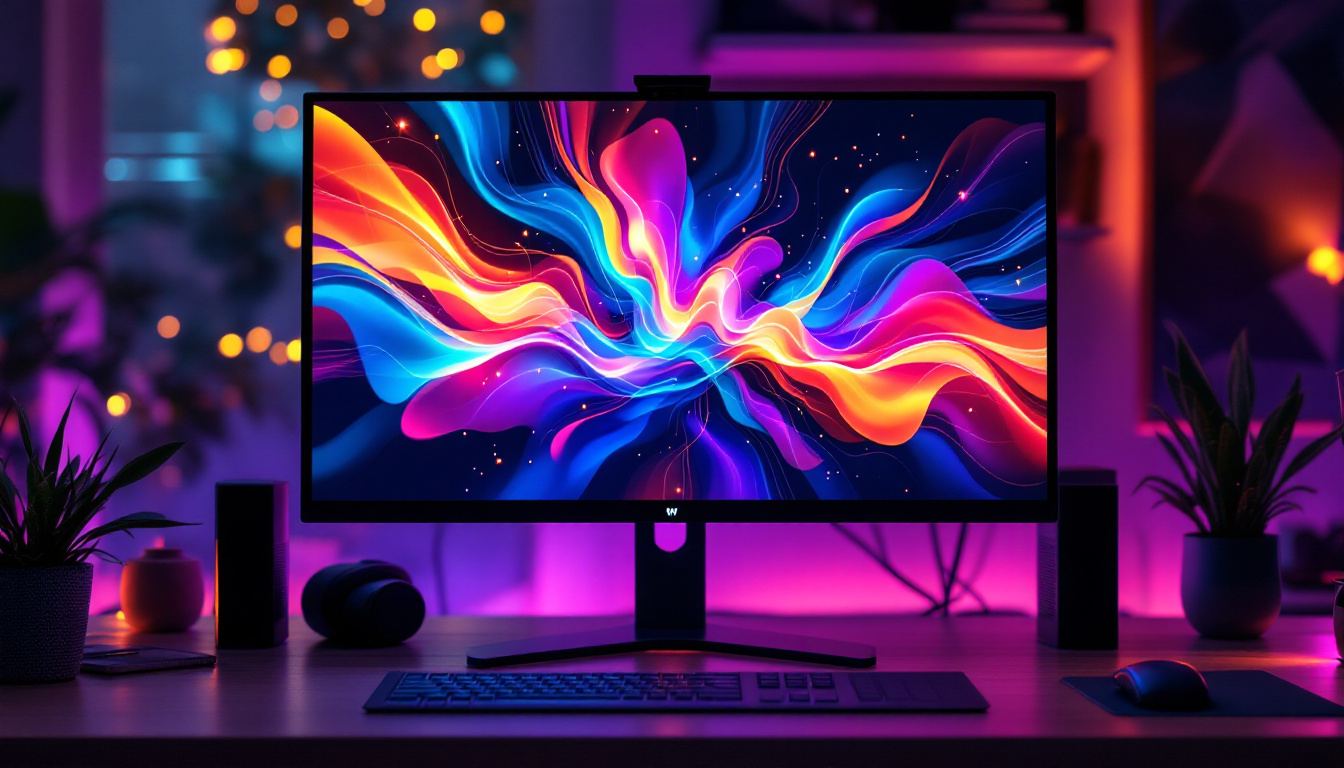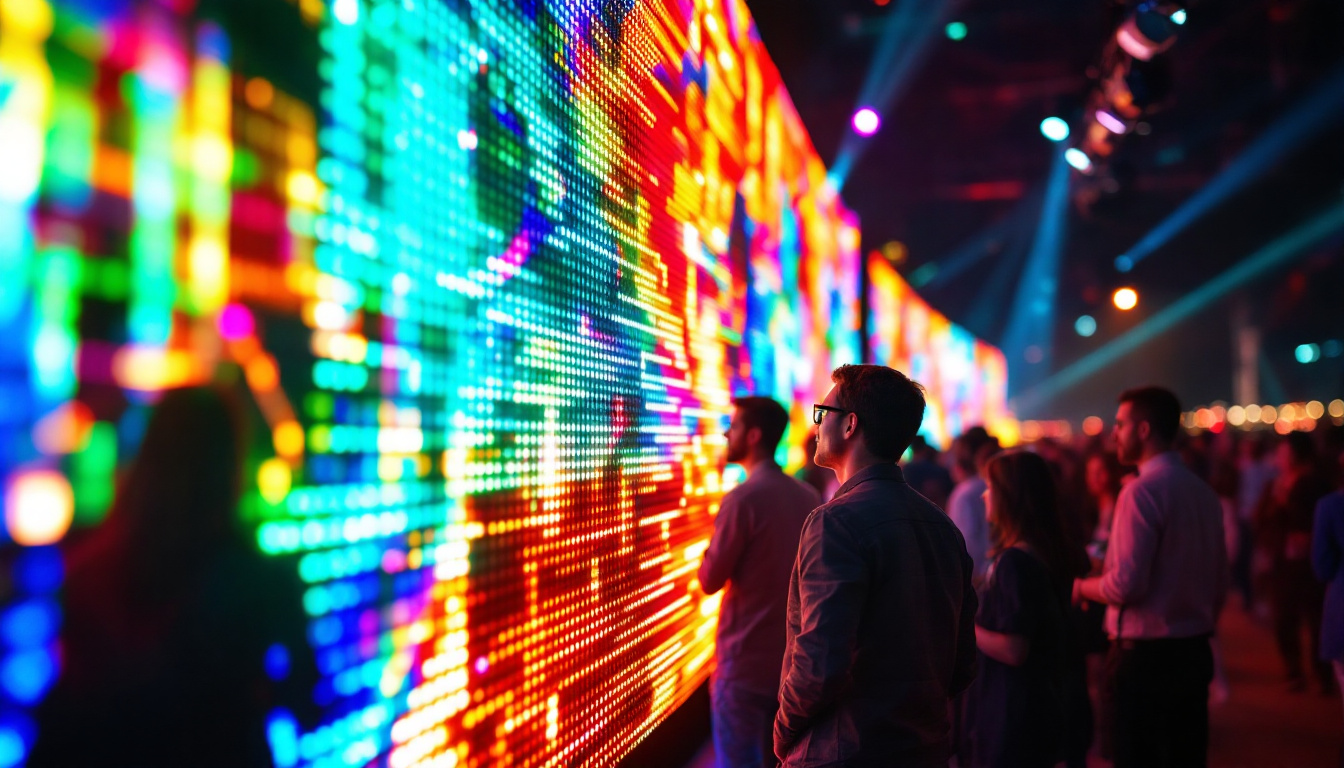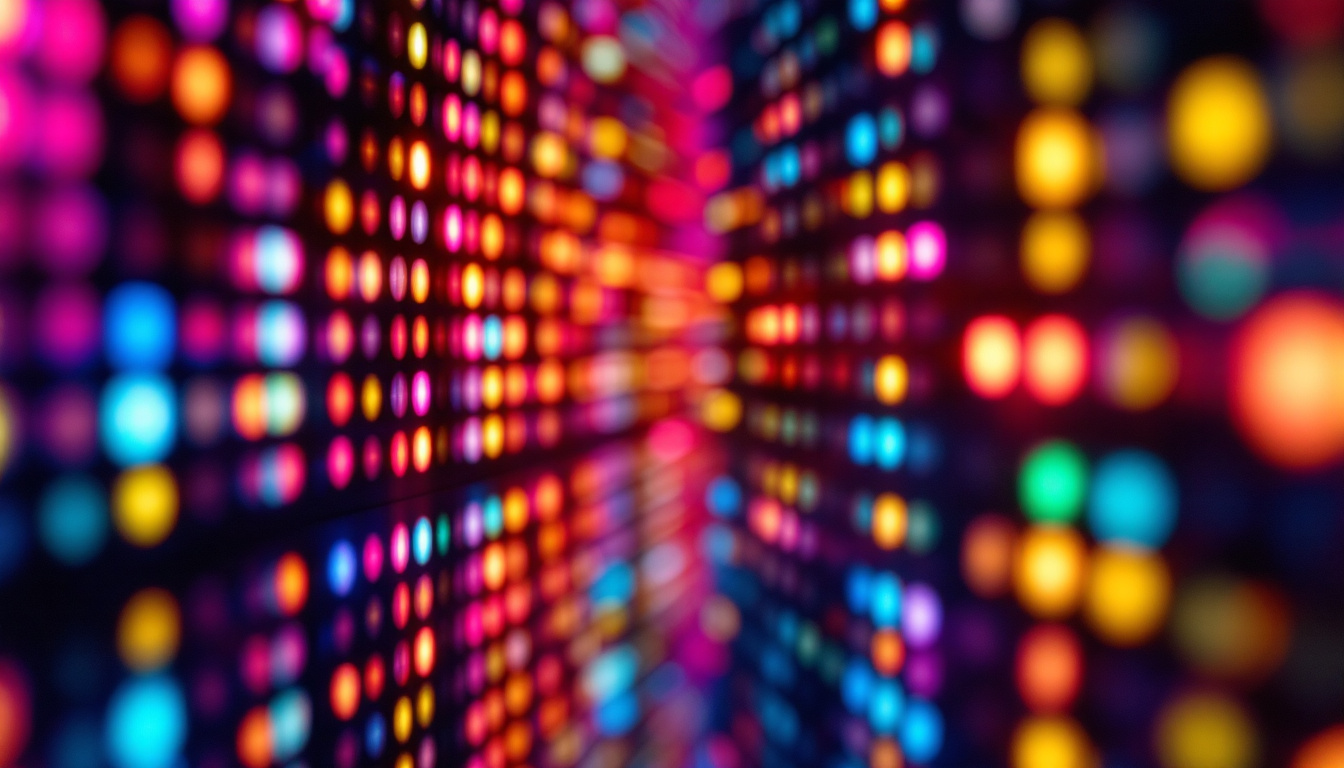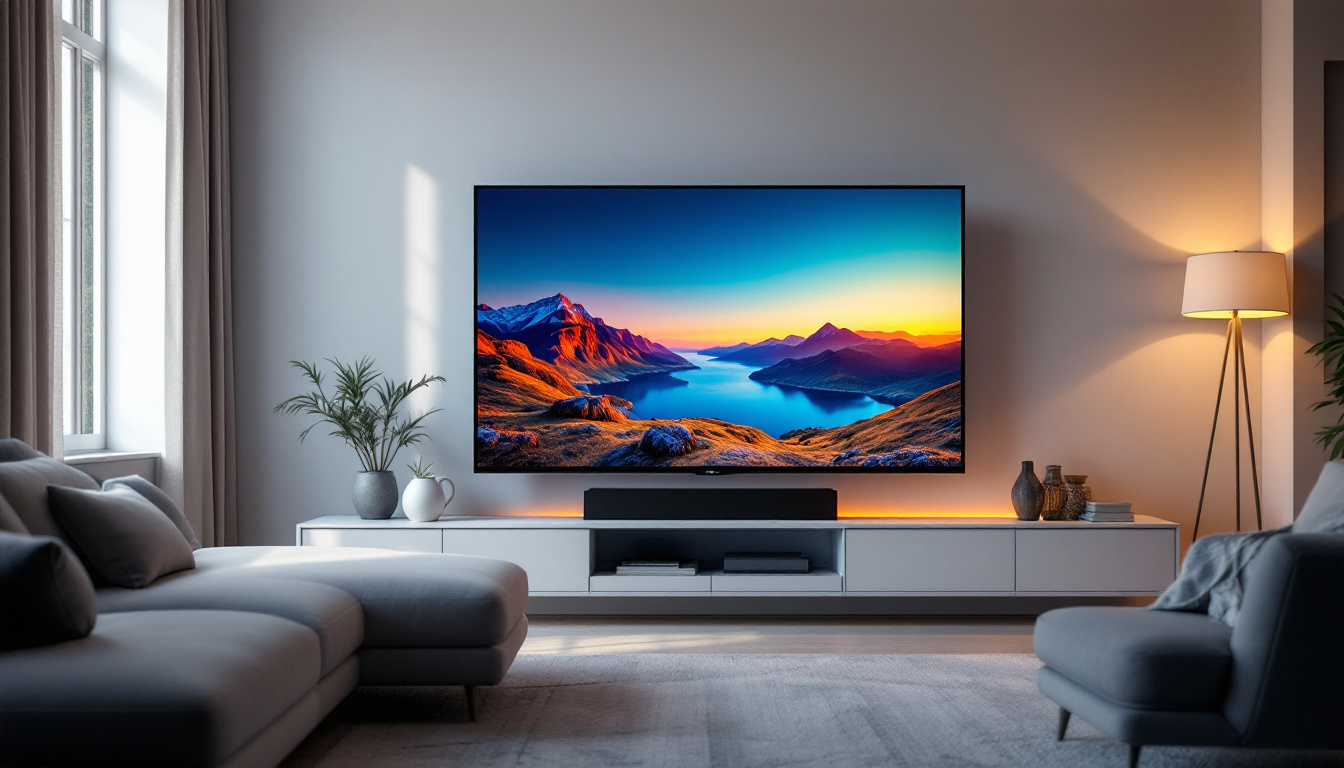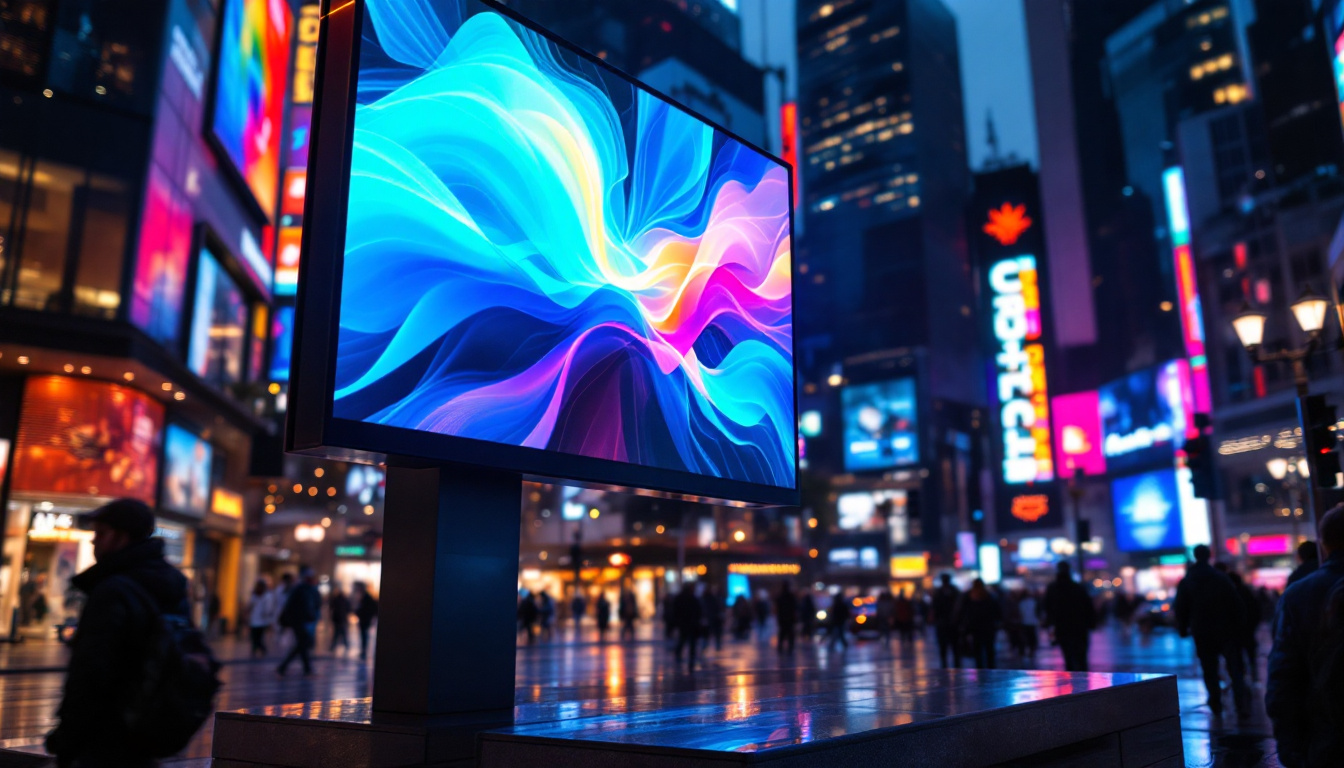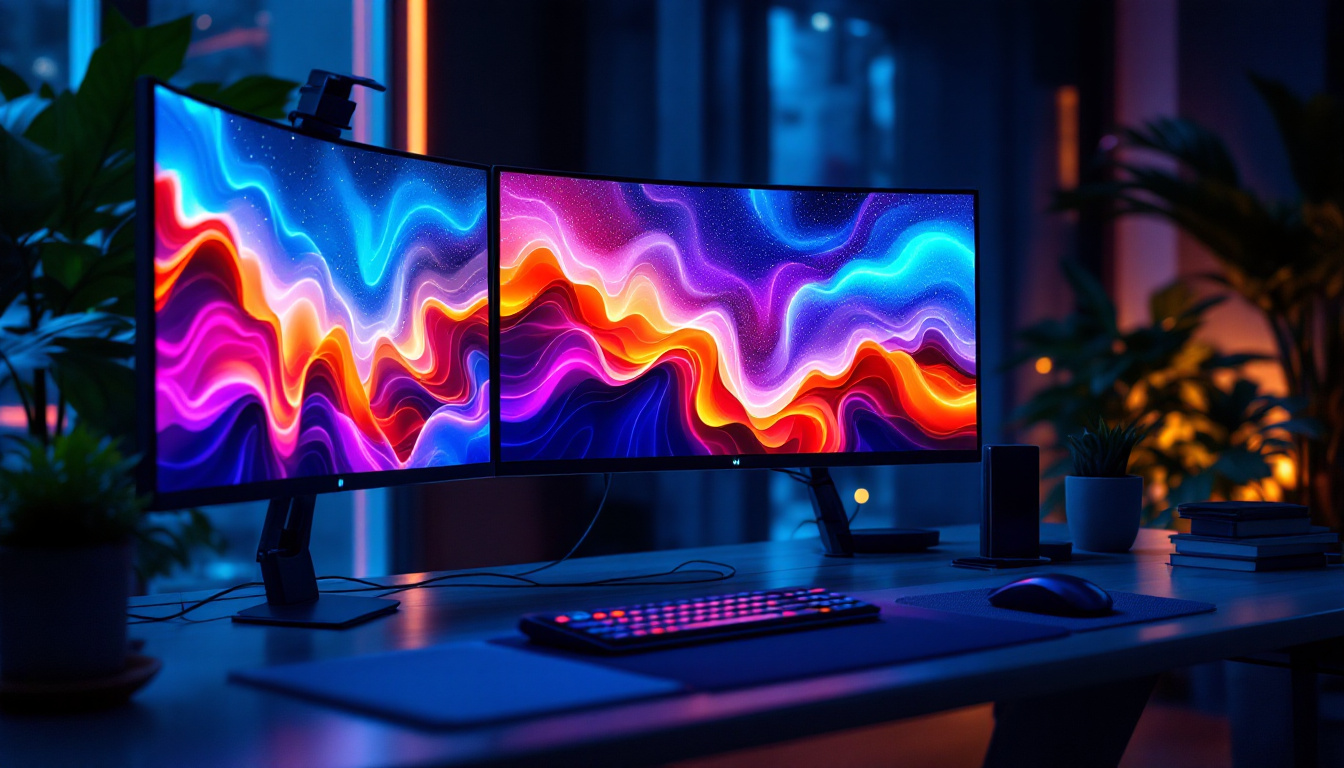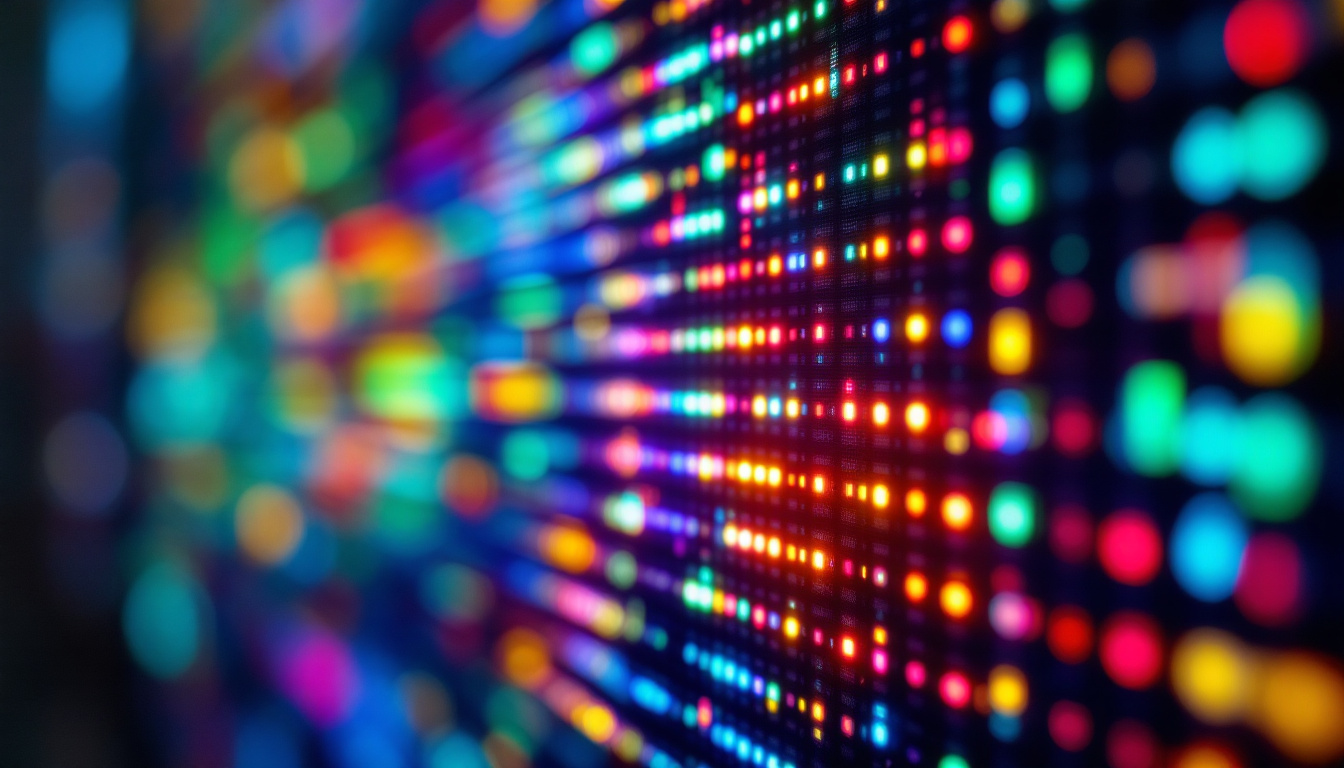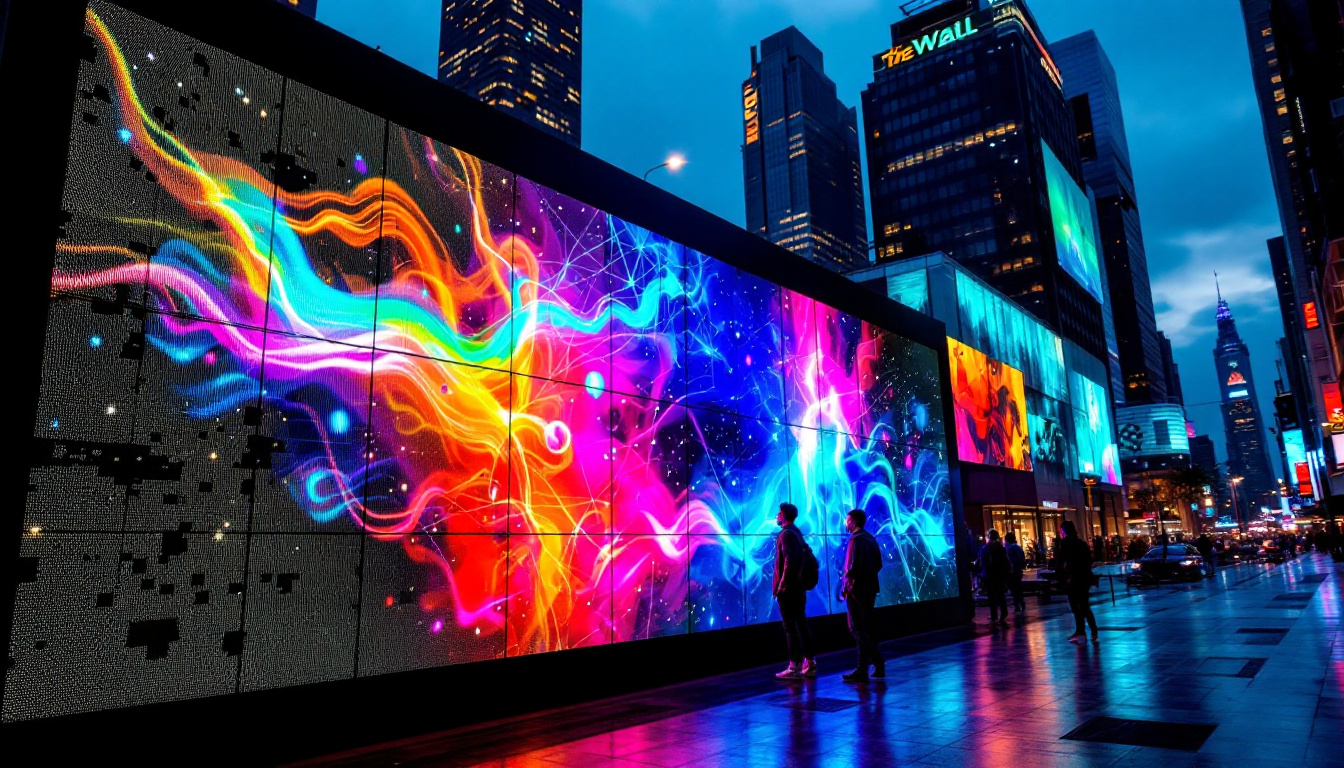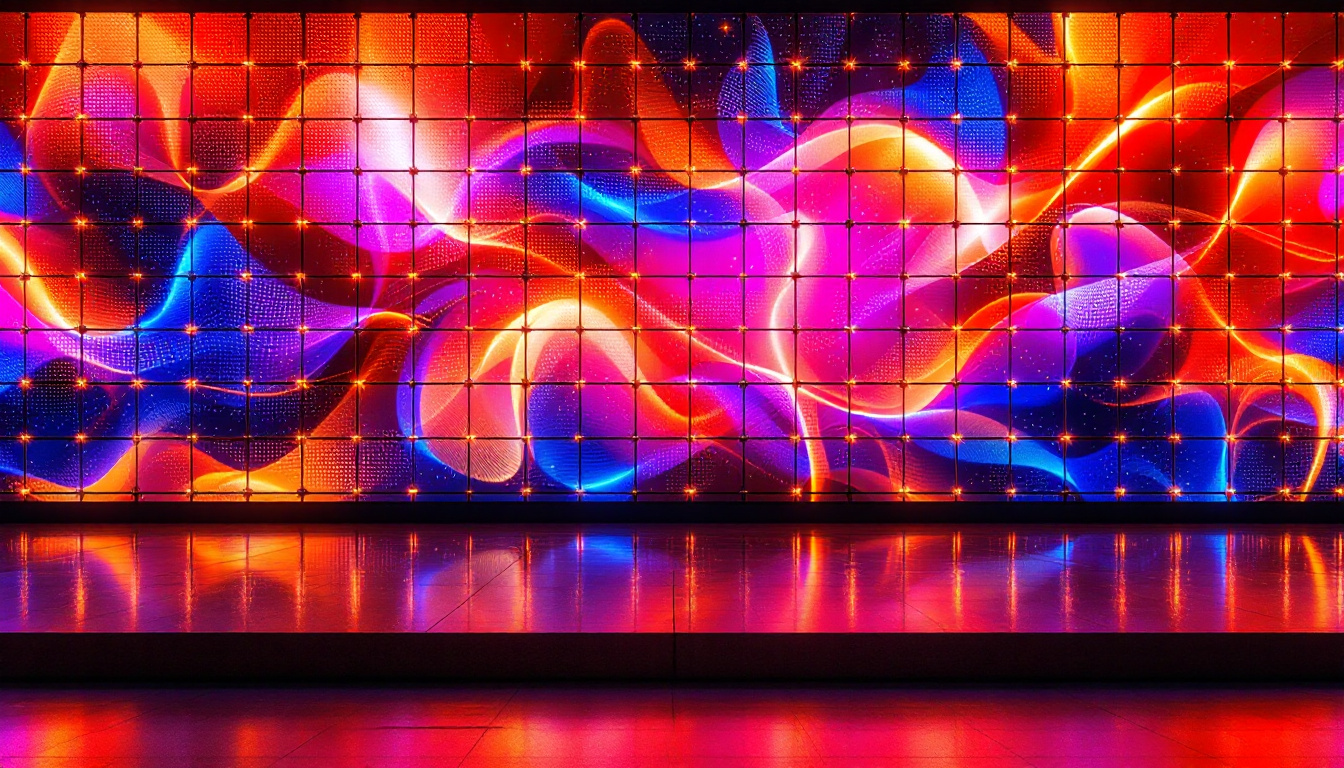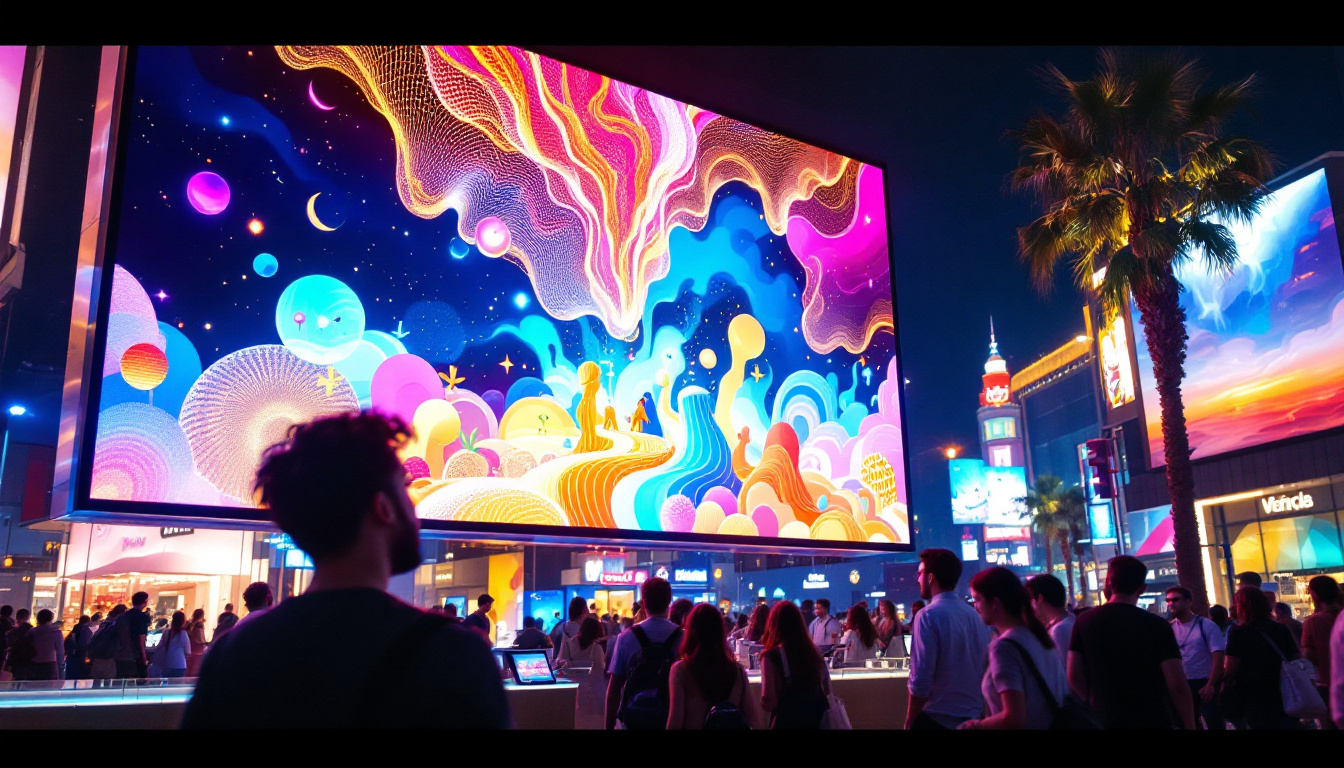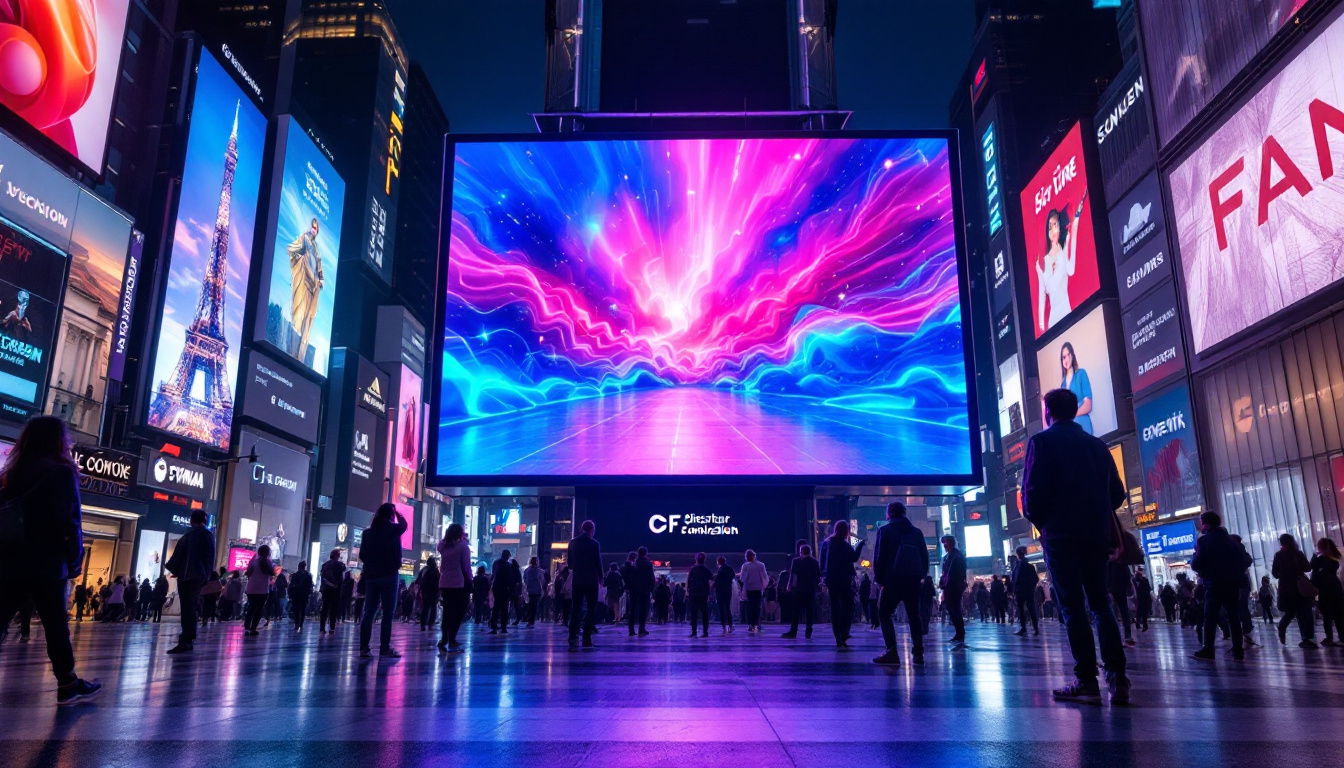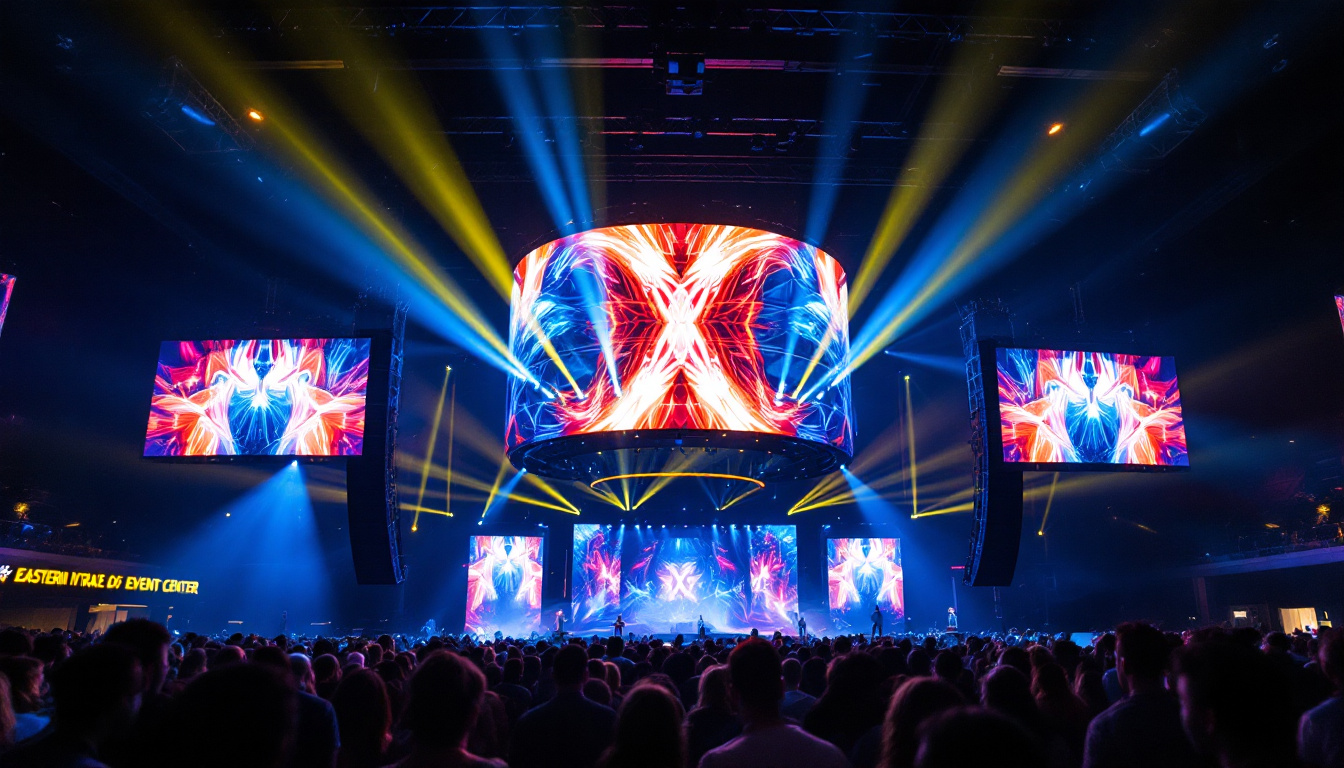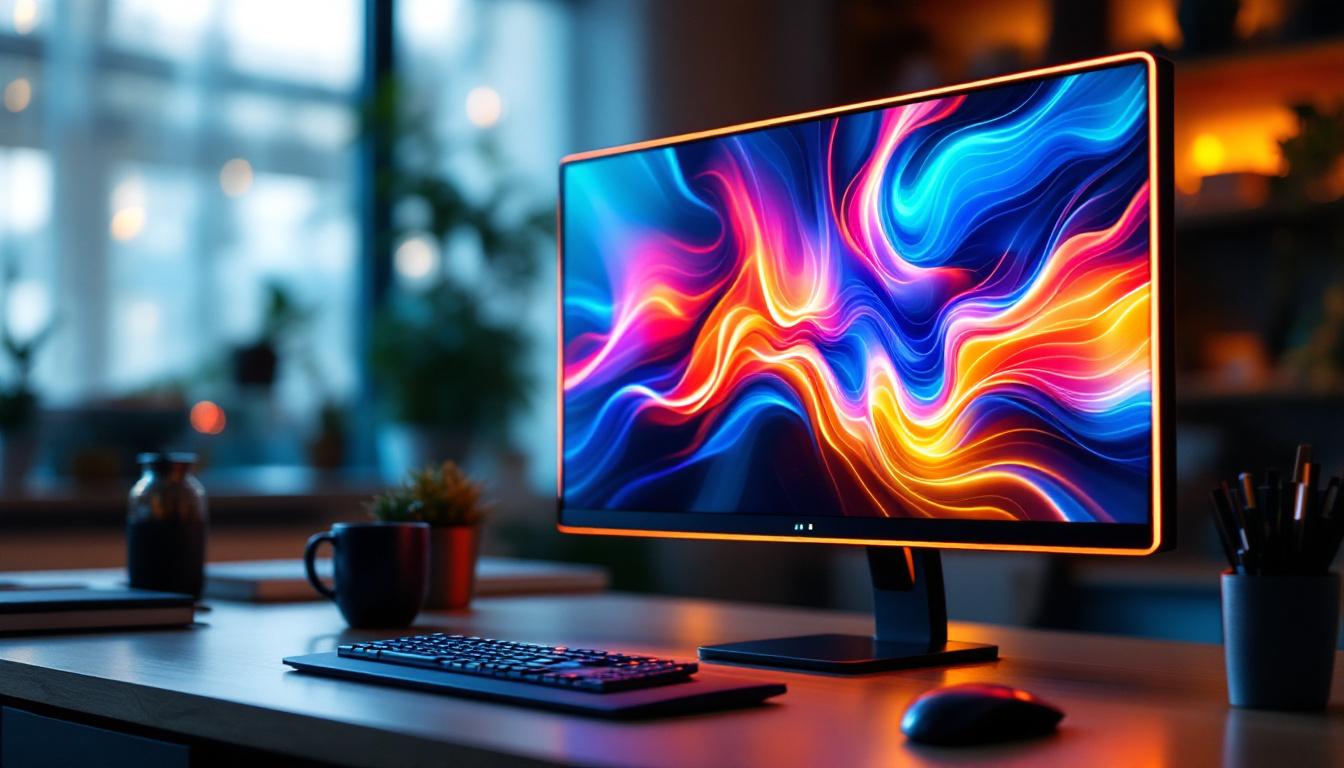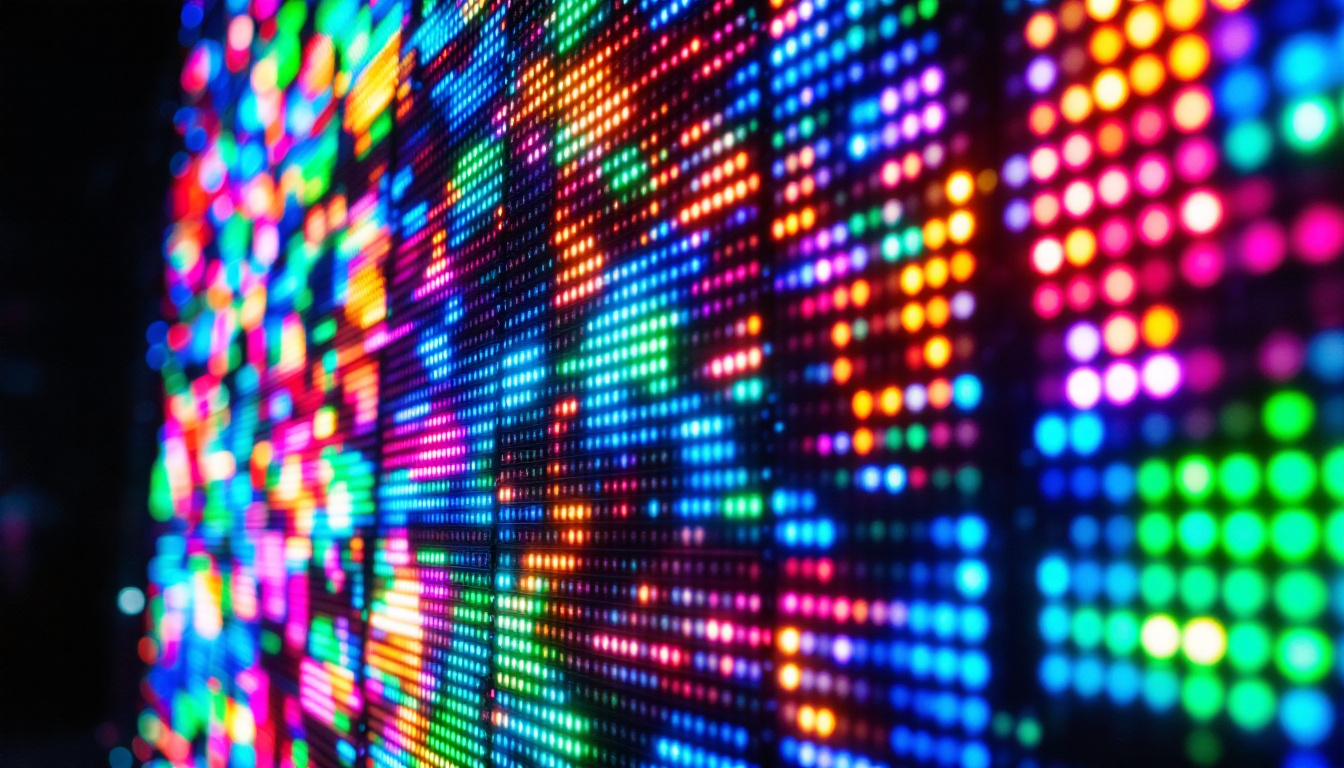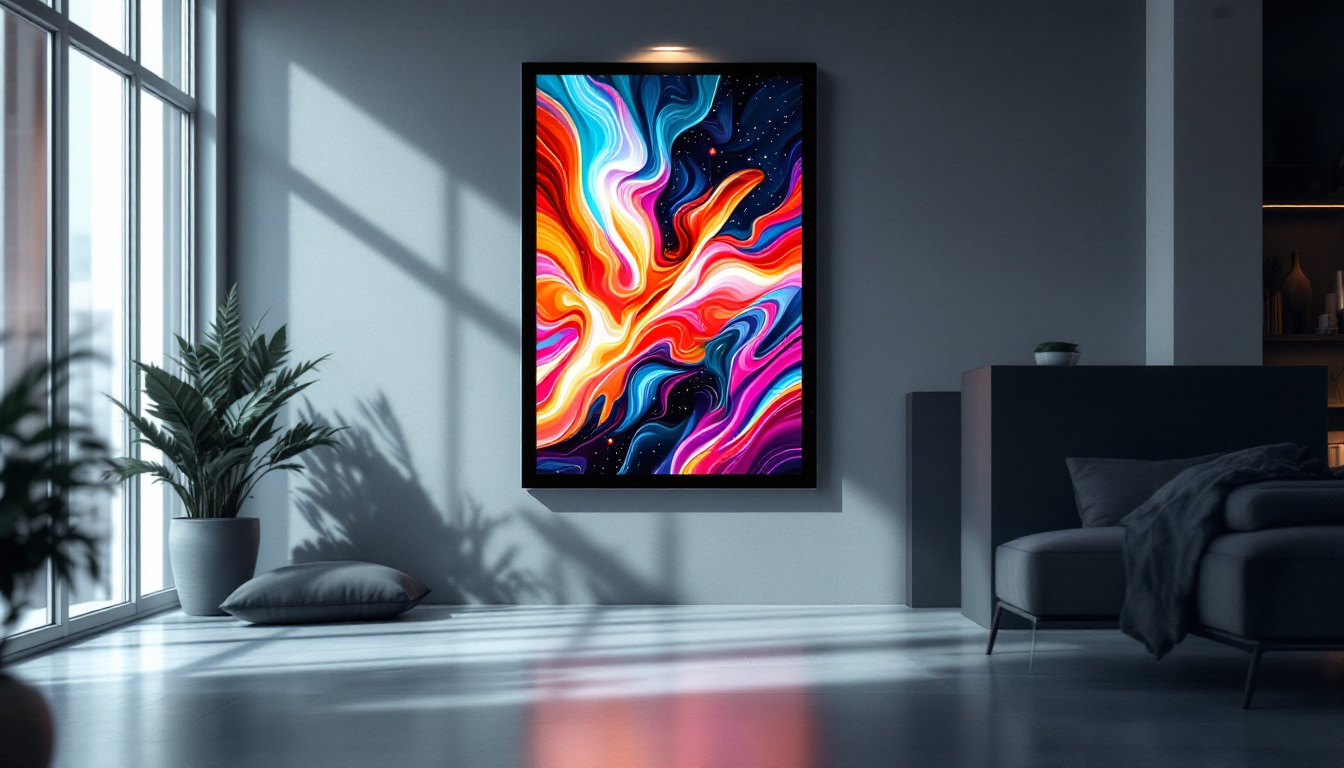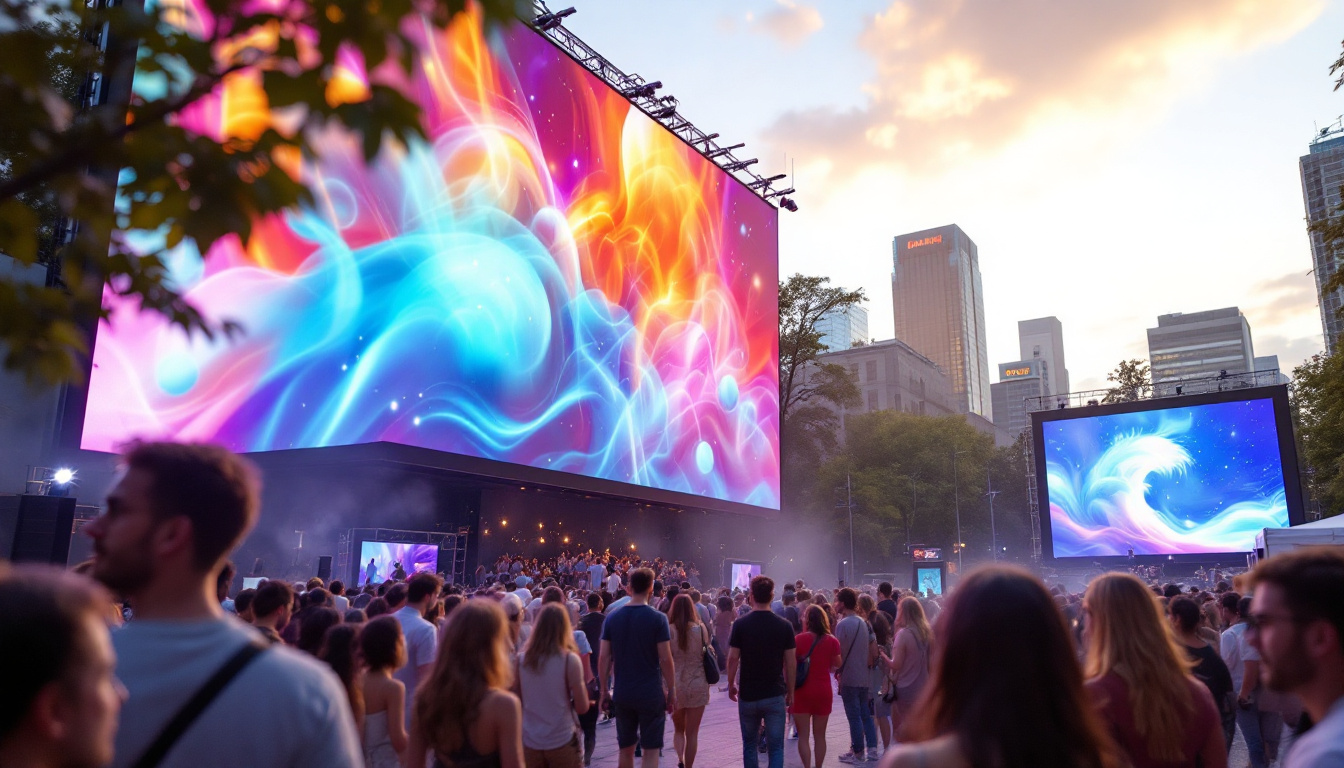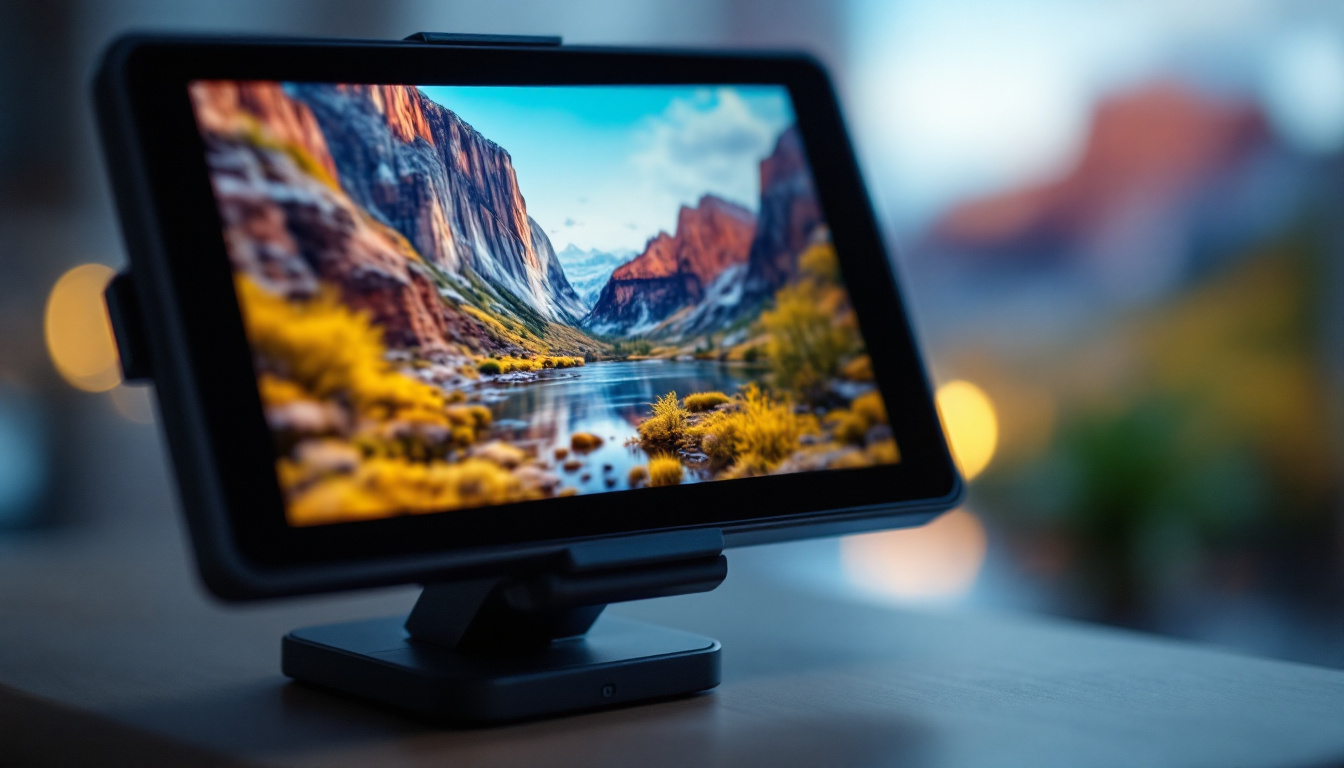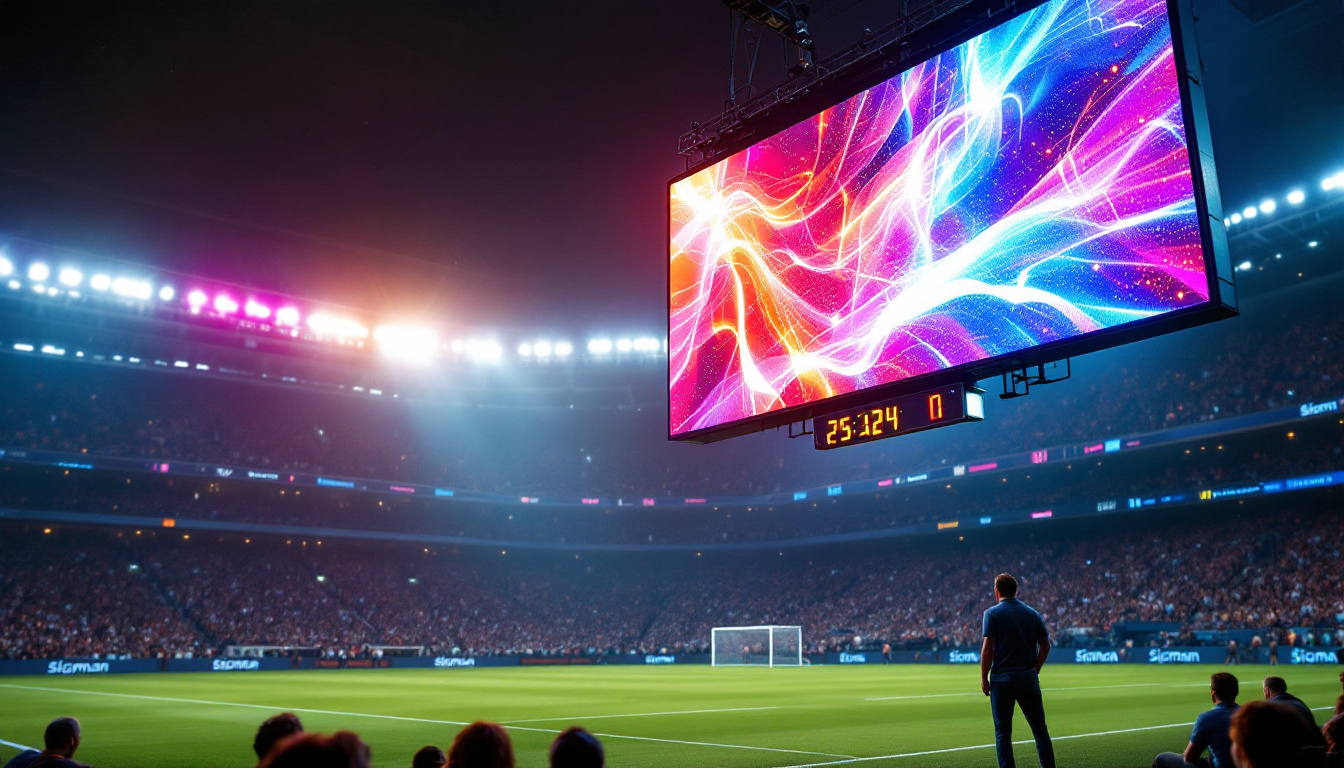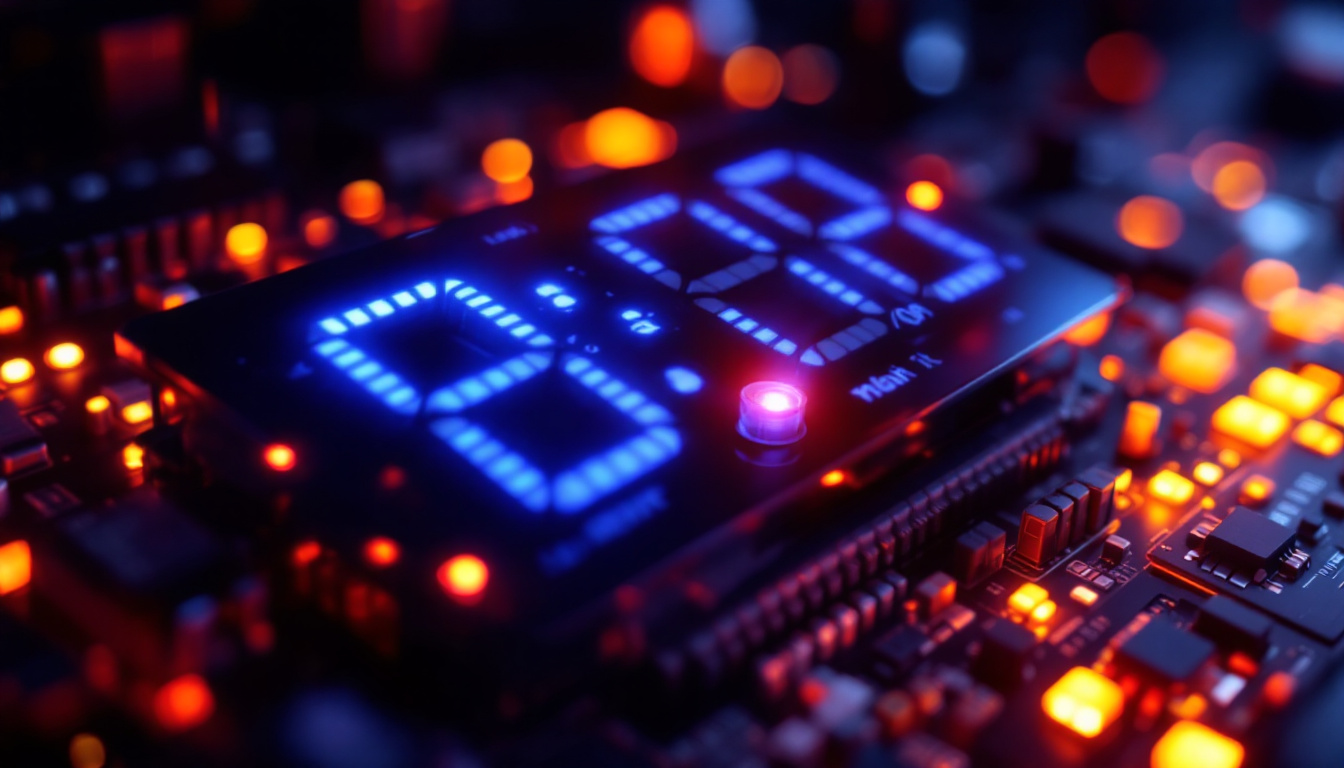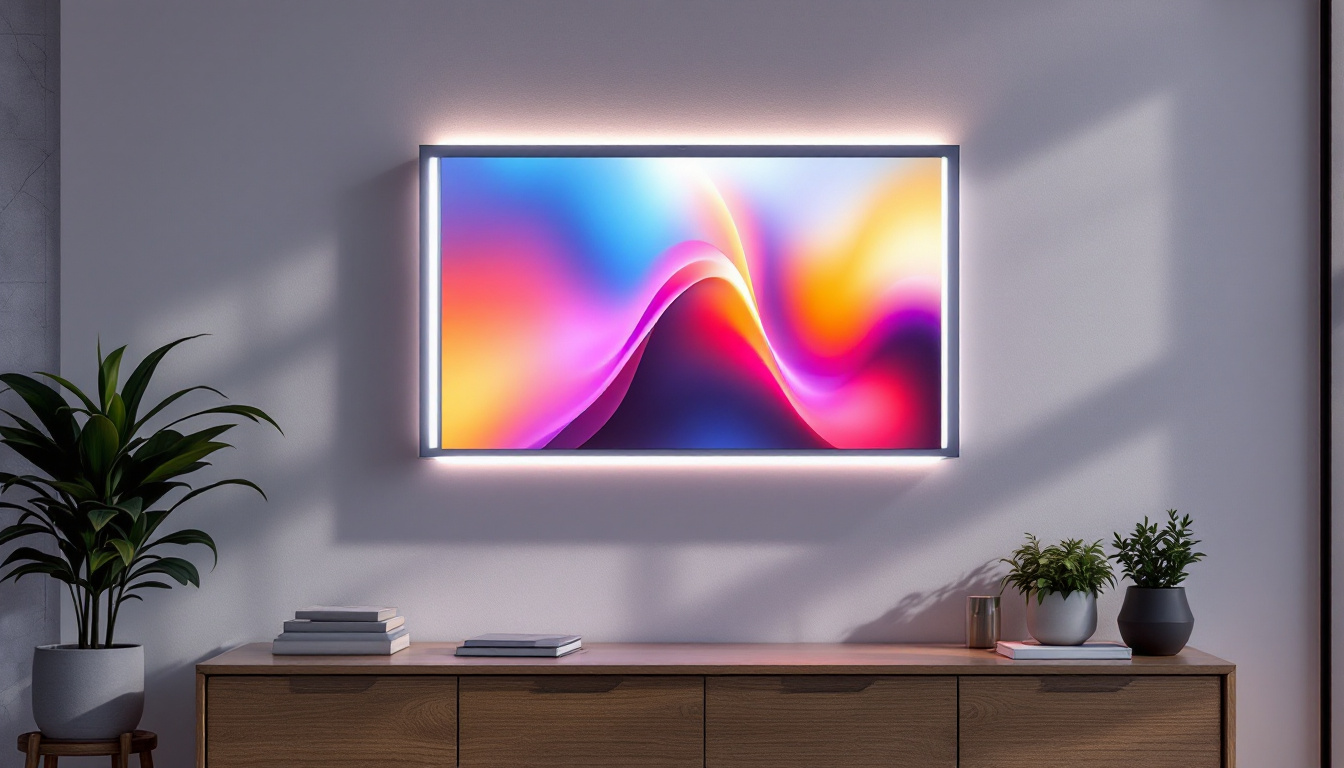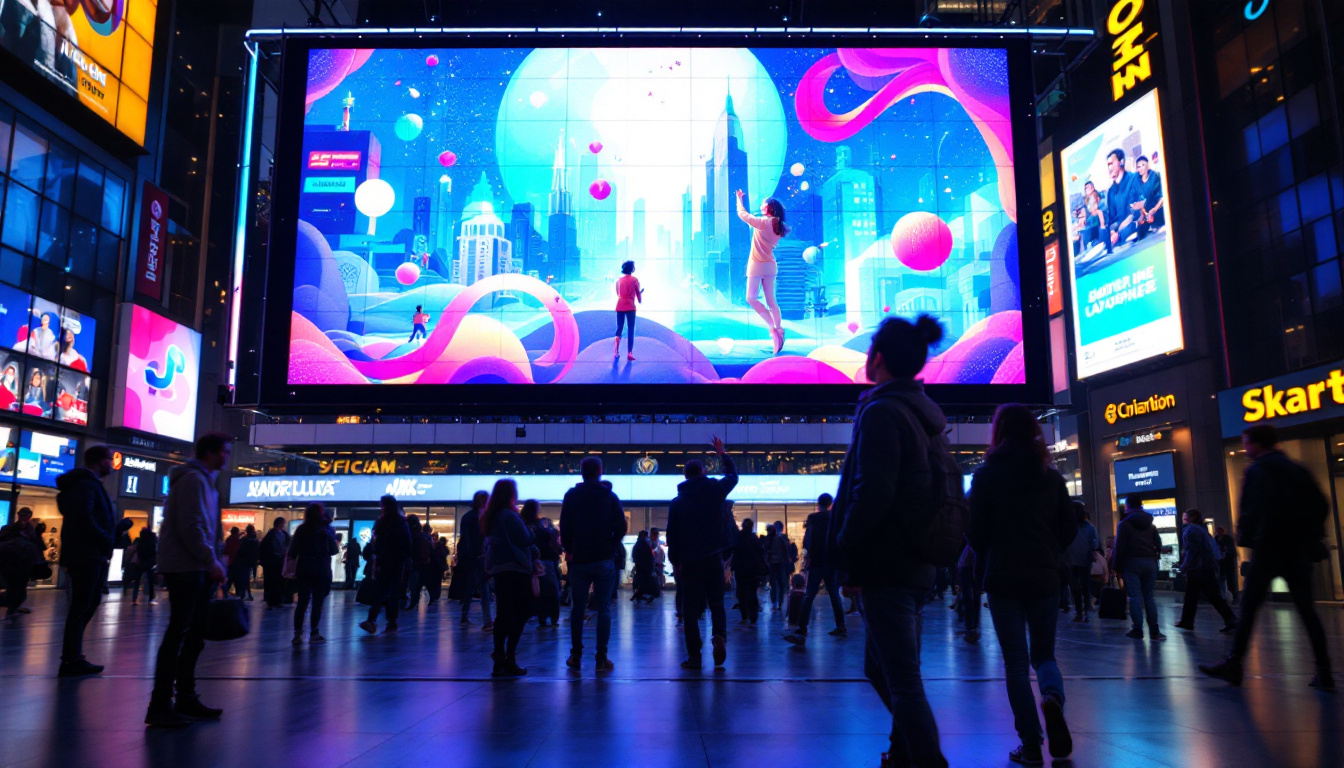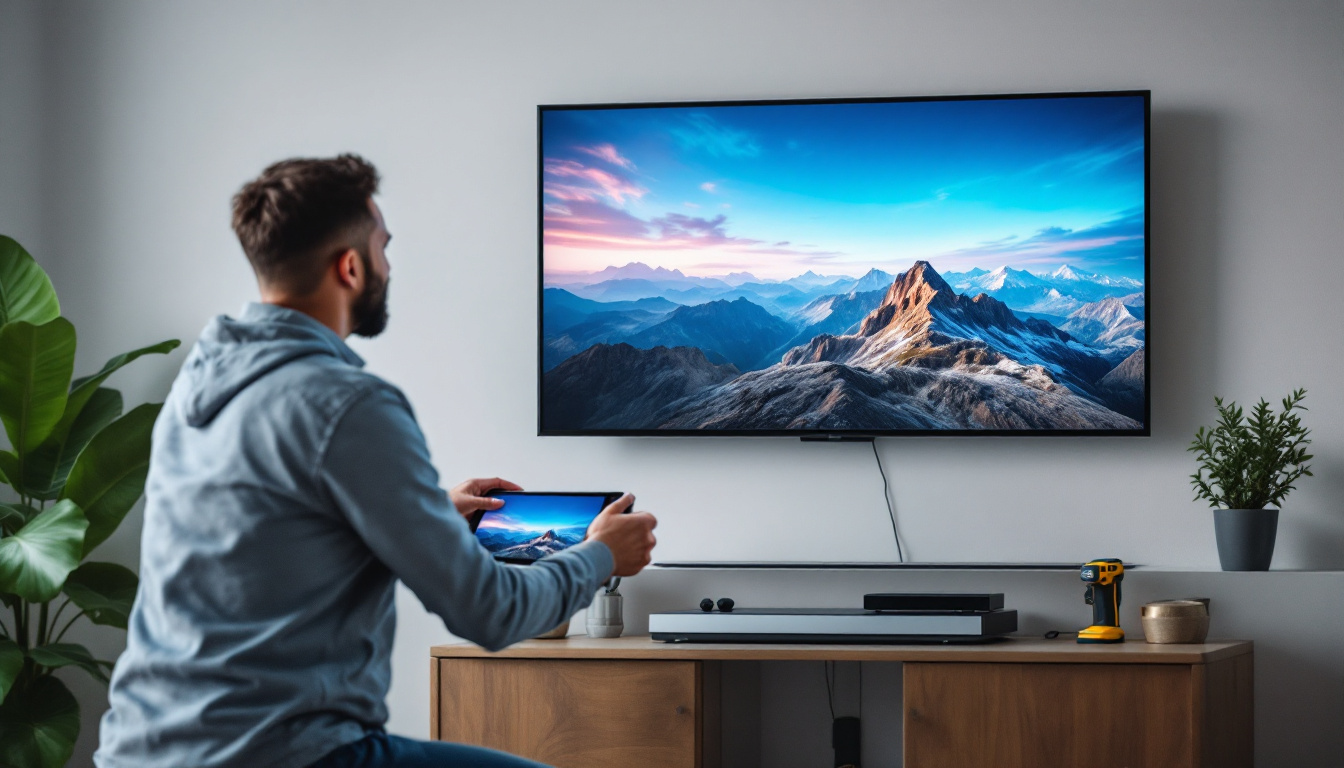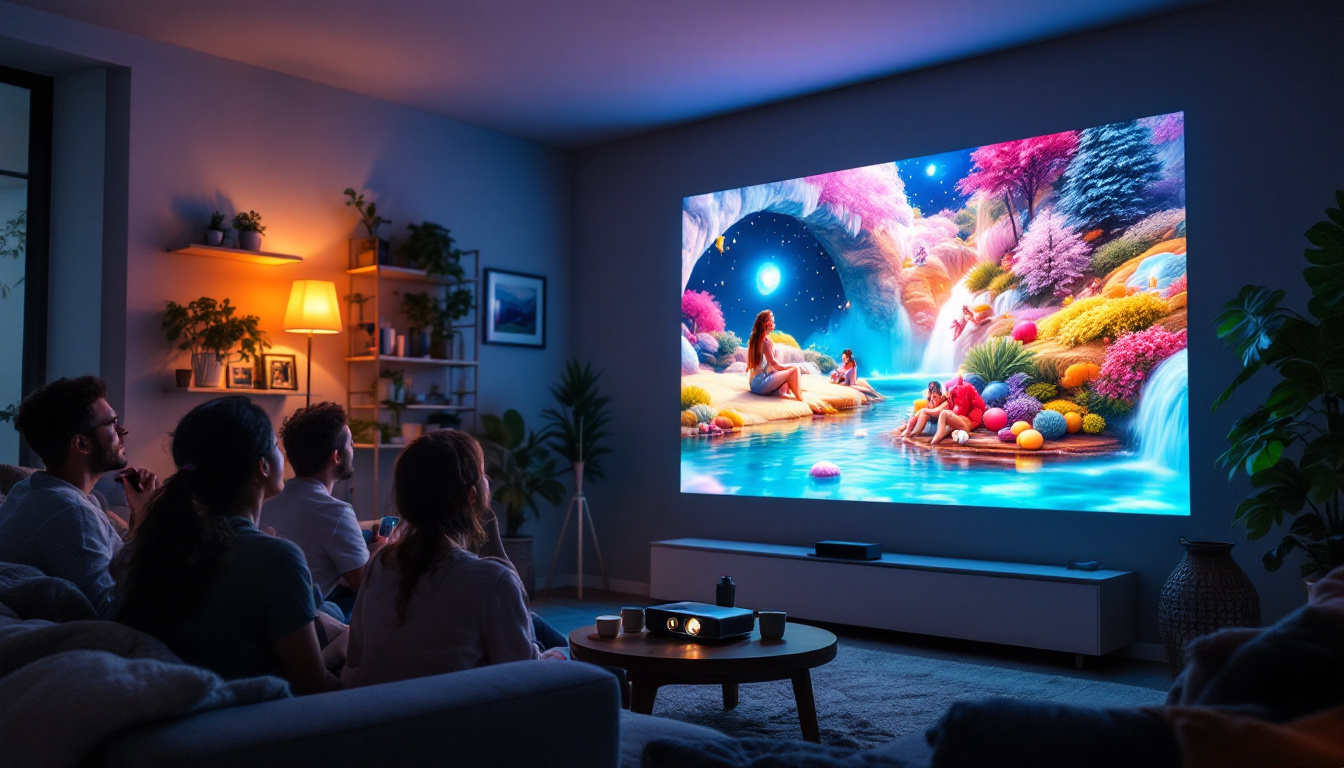In the world of advertising and information dissemination, LED displays have emerged as a powerful medium. The 50 square feet wall LED display is particularly noteworthy due to its size and versatility. This article delves into the intricacies of these displays, exploring their technology, applications, advantages, and considerations for installation.
Understanding LED Display Technology
LED displays work by utilizing light-emitting diodes (LEDs) to create visual content. These diodes emit light when an electric current passes through them, allowing for vibrant and dynamic displays. The technology has evolved significantly over the years, leading to the development of various types of LED displays, including those designed for large wall installations.
Types of LED Displays
There are several types of LED displays, each serving different purposes and environments. The most common types include:
- Indoor LED Displays: These displays are designed for use in controlled environments, such as shopping malls, conference halls, and theaters. They typically have a higher pixel density, resulting in clearer images at closer viewing distances.
- Outdoor LED Displays: Built to withstand the elements, outdoor displays are brighter and more durable. They are often used for billboards, stadiums, and public events.
- Transparent LED Displays: These innovative displays allow for visibility through the screen, making them ideal for storefronts and exhibitions where both advertising and visibility are essential.
How LED Displays Work
At the core of an LED display is a matrix of pixels, each consisting of red, green, and blue LEDs. By adjusting the intensity of each color, the display can produce a wide range of colors and images. The resolution of the display, which is determined by the number of pixels, plays a crucial role in the quality of the visual output. Higher resolution displays provide sharper images and finer details.
Additionally, LED displays can be controlled via various software systems that allow for real-time updates and content management. This capability is particularly beneficial for businesses that need to change their messaging frequently. For instance, retail stores can showcase different promotions throughout the day, ensuring that their advertising remains relevant and engaging to customers. Furthermore, the integration of sensors and smart technology allows these displays to adapt their brightness based on ambient light conditions, optimizing visibility and energy consumption.
Moreover, the versatility of LED technology extends beyond traditional displays. Innovations such as flexible LED screens are emerging, enabling curved or irregular shapes that can fit into unique architectural designs. This adaptability not only enhances aesthetic appeal but also opens up new possibilities for creative advertising and artistic installations. As the demand for immersive experiences grows, the potential applications of LED technology continue to expand, making it a vital component in modern visual communication.
Applications of 50 Square Feet LED Displays
The versatility of a 50 square feet LED display makes it suitable for a wide array of applications. From advertising to information dissemination, these displays can be found in various settings.
Advertising and Marketing
One of the primary uses of large LED displays is in advertising. Businesses utilize these displays to showcase their products, services, and promotions in a visually striking manner. The ability to display dynamic content, such as videos and animations, captures the attention of passersby and enhances brand visibility.
For instance, retail stores often use LED displays to highlight seasonal sales or new arrivals. The engaging nature of these displays can significantly increase foot traffic and drive sales.
Public Information and Wayfinding
In public spaces, 50 square feet LED displays serve as effective tools for conveying information. Airports, train stations, and bus terminals utilize these displays to provide real-time updates on schedules, delays, and other essential information. This not only improves the passenger experience but also enhances operational efficiency.
Moreover, municipalities can deploy these displays in public squares to share community announcements, event information, and emergency alerts, ensuring that citizens are well-informed.
Entertainment and Events
Large LED displays are a staple in the entertainment industry. Concerts, sports events, and festivals often feature these displays to enhance the audience’s experience. They can broadcast live feeds, display scores, and even show advertisements during intermissions.
In addition to live events, LED displays are also used in theaters for stage productions, allowing for dynamic backdrops and effects that can change throughout the performance.
Advantages of 50 Square Feet LED Displays
The adoption of LED displays, particularly those sized at 50 square feet, comes with numerous benefits that make them an attractive option for businesses and organizations.
High Visibility and Impact
One of the most significant advantages of LED displays is their high visibility. The brightness of LED technology ensures that content remains clear and vibrant, even in direct sunlight. This makes them ideal for outdoor settings where competition for attention is fierce.
The large size of a 50 square feet display further amplifies its impact, allowing for the display of detailed content that can be viewed from a considerable distance. This is particularly beneficial for advertising, where capturing attention quickly is crucial.
Energy Efficiency
LED technology is known for its energy efficiency. Compared to traditional incandescent bulbs, LEDs consume significantly less power while providing brighter light. This translates to lower electricity bills and a reduced environmental footprint.
For businesses, the energy savings can be substantial, especially when operating large displays for extended periods. This efficiency not only benefits the bottom line but also aligns with sustainability goals.
Durability and Longevity
LED displays are built to last. They are resistant to shock, vibrations, and extreme weather conditions, making them suitable for both indoor and outdoor applications. With proper maintenance, a high-quality LED display can last for many years, reducing the need for frequent replacements.
This durability is particularly advantageous for businesses that invest in these displays, as it ensures a long-term return on investment.
Considerations for Installation
While the benefits of a 50 square feet LED display are clear, there are several considerations to keep in mind during the installation process. Proper planning and execution are essential to ensure optimal performance and longevity.
Location and Visibility
Choosing the right location for the LED display is crucial. Factors such as foot traffic, viewing angles, and surrounding structures can impact visibility. A display positioned in a high-traffic area will garner more attention, while one obscured by buildings or trees may not be as effective.
Additionally, understanding the target audience and their viewing habits can help in selecting the best location. For instance, displays aimed at drivers may need to be placed at a height and angle that ensures safety and visibility.
Content Management
Effective content management is key to maximizing the impact of an LED display. Businesses should consider investing in robust software that allows for easy updates and scheduling of content. This flexibility enables organizations to respond quickly to changing circumstances, such as promotions or events.
Moreover, the quality of the content displayed is paramount. High-resolution images and engaging videos can significantly enhance viewer engagement, making it essential to invest in quality content creation.
Maintenance and Support
Regular maintenance is necessary to ensure the longevity and performance of an LED display. This includes routine inspections, cleaning, and software updates. Partnering with a reliable service provider can help streamline the maintenance process and address any issues promptly.
Furthermore, understanding the warranty and support options available for the display can provide peace of mind. Knowing that technical support is readily available can alleviate concerns about potential issues down the line.
Future Trends in LED Display Technology
The landscape of LED display technology is continually evolving, with new advancements on the horizon. Staying informed about these trends can help businesses make strategic decisions regarding their display investments.
Advancements in Pixel Technology
One of the most exciting developments in LED technology is the advancement in pixel technology. New innovations are allowing for even higher pixel densities, resulting in sharper images and better color accuracy. This is particularly important as displays are used in more diverse applications, including virtual reality and augmented reality environments.
As pixel technology continues to improve, the potential for immersive experiences will expand, making LED displays an even more compelling choice for advertisers and content creators.
Integration with Smart Technology
Another trend is the integration of LED displays with smart technology. This includes the use of sensors, data analytics, and artificial intelligence to create interactive and personalized experiences for viewers. For example, displays can adapt content based on the demographics of the audience or respond to environmental factors like weather conditions.
This level of interactivity can significantly enhance engagement, making LED displays not just a medium for information but a dynamic tool for communication.
Sustainability Initiatives
As businesses increasingly prioritize sustainability, LED technology is also evolving to meet these demands. Manufacturers are focusing on creating displays that are not only energy-efficient but also made from recyclable materials. This shift towards sustainability is likely to resonate with consumers, making it a valuable consideration for businesses looking to enhance their brand image.
Conclusion
The 50 square feet LED display represents a significant advancement in visual communication technology. Its versatility, high visibility, and energy efficiency make it an attractive option for various applications, from advertising to public information dissemination. As technology continues to evolve, the potential for these displays will only grow, offering businesses new ways to engage with their audiences.
For organizations considering the installation of a large LED display, careful planning, content management, and maintenance are essential to maximize the benefits. By staying informed about emerging trends and advancements in the field, businesses can ensure they are making strategic investments that will pay off in the long run.
Illuminate Your Space with LumenMatrix
Ready to transform your environment with a stunning 50 square feet LED display? LumenMatrix is at the forefront of LED display innovation, offering a diverse range of solutions tailored to your unique needs. From Indoor and Outdoor LED Walls to specialized displays for vehicles, sports, and custom installations, we bring your vision to life with unparalleled brightness and clarity. Experience the future of visual communication with our LED display modules and join the revolution in digital signage. Check out LumenMatrix LED Display Solutions today and elevate your brand’s presence to new heights.

